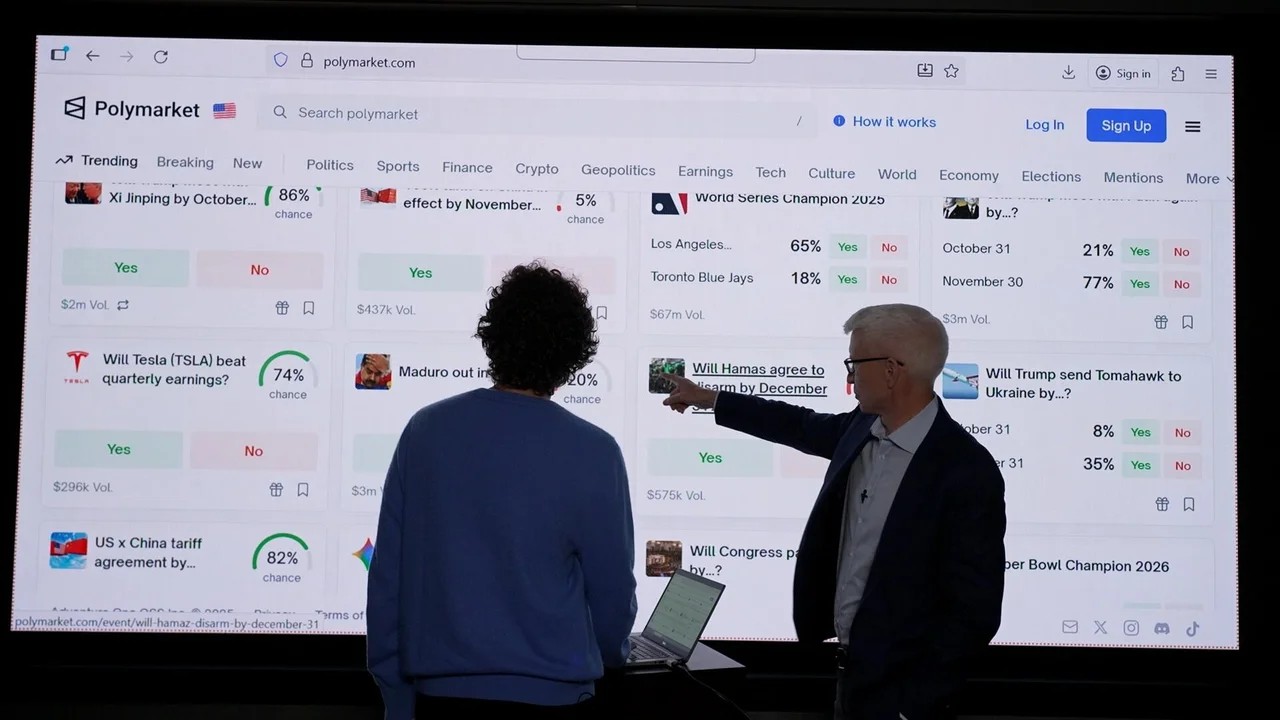Vanity Metrics vs Actionable Metrics: How Startup Founders Can Focus on What Actually Drives Growth

Vanity metrics seduce founders with their immediate appeal, they’re easy to show off, simple to understand, and superficially impressive. However, they offer no strategic direction and can lull teams into a false sense of progress.
Consider this scenario: your website traffic increases dramatically overnight due to a viral blog post or a social mention. You celebrate, post screenshots to social media, and revel in the attention. But you never paused to ask: Are any of those new users converting? Are they sticking around, purchasing, or engaging meaningfully? If not, you’ve wasted time inflating a number that doesn’t drive revenue, retention, or growth.
In Lean Startup culture, Eric Ries cautioned:
“The majority of data available in off‑the‑shelf analytics packages … might make you feel good, but they don’t offer clear guidance for what to do.” (tim.blog)
That quote captures it. That surge in traffic? It might feel thrilling. But if it doesn’t reflect new paying users or engaged customers, your team risks optimizing the wrong signals.
Another danger: these vanity numbers can distract teams from the real work. Instead of analyzing why conversions dropped, you bask in the glow of follower growth. A founder might think, “Our dashboard looks good. We’re growing.” But behind the scenes, conversion rates slide, churn creeps up, and revenue stagnates, all while metrics that “feel good” mask failure.
What Actionable Metrics Mean — Lessons from Lean Startup
Actionable metrics are the foundation of intelligent growth. They:
a. Are tied to specific outcomes, such as trial-to-paid conversions.
b. Respond to effort, meaning precise changes result in measurable shifts.
c. Drive decision-making - teams pivot or double down based on evidence.
Adam Carleton of Lean Analytics succinctly put it:
“Actionable metrics change the way you behave.” (holistics.io)
Let’s unpack typical metrics at each startup stage:
Problem Validation Stage
Here, metrics are qualitative: interview count, ratio of users voicing the pain without prompting, percentage who say they would pay. These emotional and behavioral signals are far more insightful than user survey fill rates.
MVP Testing Stage
You track conversion to ‘activation’ (e.g., completed onboarding, first task completed, etc.), day-1, day-7 retention, and repeated usage. These tell you whether your solution truly resonates—and whether users find ongoing value.
Product‑Market Fit Stage
Net Promoter Score (NPS) or the “Would you be very disappointed if this product disappeared?” metric is the gold standard. Founders like Rahul Vohra (Superhuman) treat hitting 40% “very disappointed” as a clear signal to scale.
Growth & Scaling Stage
CAC (Customer Acquisition Cost), LTV (Lifetime Value), churn, conversion rates between free/paid tiers - these are the levers you tweak, not vanity numbers. The ratio of LTV to CAC, for instance, directly correlates with sustainable growth.
That’s what separates effective data strategies from flashy dashboards: actionable metrics are predictive, not reactive.
Sergey Kyune’s Metrics Mindset: A Founder’s Real‑World Case Study
Sergey Kyune, founder of MeetMillie.ai and previously Singing Carrots, internalized the power of actionable metrics early. As he explained:
“If you do not measure the impact, you do not know what works and what doesn’t. If you do not know what works, you do not learn…” (indiehackers.com)
His principle, “No Metric, No Move”, became pivotal. Every team decision, from product changes to marketing campaigns, required a measurable hypothesis and clear success criteria before execution.
For instance, instead of asking “Should we redesign the signup page?”, Sergey’s team asked: “What effect do we expect on activation rate, and how will we measure it?” Then, they executed the change, tracked the metric, and made decisions. That experiment-focused approach led to a 40% uplift in activation in just two weeks.
This is not hype, it’s focus. The result: teams that think measurement-first build better products, faster.
Building a Metrics‑Driven Framework — From Theory to Practice
To operationalize actionable metrics, follow these key steps:
a. Start with a hypothesis.
If you’re optimizing onboarding, the hypothesis might be: “Reducing the number of steps will increase activation from 40% to 60% by next sprint.”
b. Choose one core metric.
Pick a single signal insensitive to vanity - activation, conversion, retention - whatever drives growth for that phase.
c. Run controlled experiments.
A/B test copy, layout, workflow. Compare cohorts. Ensure changes in outcomes are attributable to intentional variations.
d. Segment data.
Because not all users behave alike. Track by persona, acquisition source, geography. As Ries said: “Metrics are people, too.” (tim.blog)
e. Make metrics visible and owned.
Dashboards in Slack or daily standups. Assign clear ownership - if no one owns, no one moves.
f. Reassess continuously.
Every few weeks, ask: Is this still the metric we should be optimizing? At later stages, shift from retention to monetization; from conversion to churn.
This becomes a natural operating rhythm, not just data hygiene.
Shared Pitfalls from Indie Hackers: When Tracking Too Much Means Knowing Nothing
A powerful community insight reflects a flawed trend:
“We used to track a lot of stuff for the sake of tracking stuff… Your metric could go places, and no one cared… I tracked numbers nobody looked at.” (indiehackers.com)
That’s vanity multiplied. Founders fall into the trap of broad tracking - social metrics, minor engagement, fill rates - all cluttering dashboards but not influencing decisions.
Teams should prune relentlessly: drop metrics that aren’t tied to decisions. Overreporting creates noise, and underreporting leads to confusion. The sweet spot: intention-driven analytics.
Why Vanity Metrics Can Sink Startups (Even Big Ones)
The most compelling stories involve projects with surging social media traction, app installs, or press, yet collapsing revenue.
One Medium case: traffic tripled, but conversion fell so drastically that revenue dropped. The founder realized too late:
“She had not even noticed the steady drop of sales!” (medium.com)
This illustrates the mismatch - measuring output over outcome.
Even larger enterprises sometimes chase vanity. Marketing departments track impressions and engagement, but unless metrics link to ROI, lead conversion, churn, and upsell, you’re optimizing the wrong dimension. Vanity metrics excel at appearances but destroy focus.
Turning Vanity Metrics into Actionable Ones—A Playbook
Here’s how founders can translate feel-good numbers into real signals:
- Frame metric by hypothesis. Example: “If we shorten onboarding, activation will rise.” Then track the right KPI.
- Adopt rates, not totals. Activation rate (actioned signups) > total visits.
- A/B test intentionally. Cement causal relationships. Every variation, tied to measurable movement.
- Per-cohort tracking. Segment acquisition channels or personal behavior.
- Visible dashboards & ownership. Dashboards shouldn’t be decoration - they should drive daily questions.
- Close the feedback loop. Every result triggers a reflection: Was the metric right? Did our change move it?
That is the essence of Metrics-Based Growth.
Cultural Shift: How to Encourage Actionable Thinking in Your Team
Creating a metrics-driven culture is as much about mindset as it is about tools. For founders, embed metrics early:
- Begin sprints by asking: “What are we testing, and how will we measure it?”
- Cancel proposals missing defined metrics.
- Recognize teams for insights, even from failed tests.
- Create transparency: share dashboards, challenges, and hypotheses.
As Sergey has observed, many agencies default to experience over dispassionate test plans - metrics become afterthoughts unless you demand them from the start.
Scaling Metrics Over Time: When More Is (Finally) Warranted
At scale, teams often need focus rather than expansion. But eventually, a refined dashboard is necessary:
- Pre-seed MVP stage: single activation/retention metric.
- Seed to Series A: add conversion, churn, and cohort analysis.
- Scaling to growth stage: bring in LTV, CAC, payback period, and unit economics.
Only introduce dashboards when they tie to decision points. A bogged-down analytics stack that no one checks is worse than none at all.
Common Objections: What Founders Say (And How to Answer)
“But metrics take time and infrastructure.”
Countered with: Start simple. Use Google Sheets. Track manually. Habit matters more than sophistication early on.
“We have millions of downloads - can’t that be enough?”
Only if you can show those downloads translate to active, retained users, repeat usage, or revenue.
“Some metrics feel too technical for our team.”
Solution: Assign clear metric owners and train one person per team to track and report. Coaching beats confusion.
“We don’t want analysis paralysis.”
But you’re better off reliably iterating than repeatedly guessing. Experiments move you faster than assumptions.
Final Note: Metrics Make You Smart, Not Just Fast
Startup velocity isn’t just about shipping quickly - it’s about learning as fast as you build. That learning only happens when you measure outcomes purposefully.
Vanity metrics may bias perception, but actionable metrics drive reality. They teach cause and effect. They inform pivots. They protect you from illusion.
As Eric Ries concluded:
“The only metrics that entrepreneurs should invest energy in collecting are those that help them make decisions.” (tim.blog)
And Sergey’s conviction was clear: If it’s not measured before action, it’s just guesswork.
So, founders, question the metrics you chase. Make every change tied to learning. Choose actionable over appealing. Build with intention, refine with data, and grow with clarity.
Read - Don't start until you know what to measure

square.jpg)










